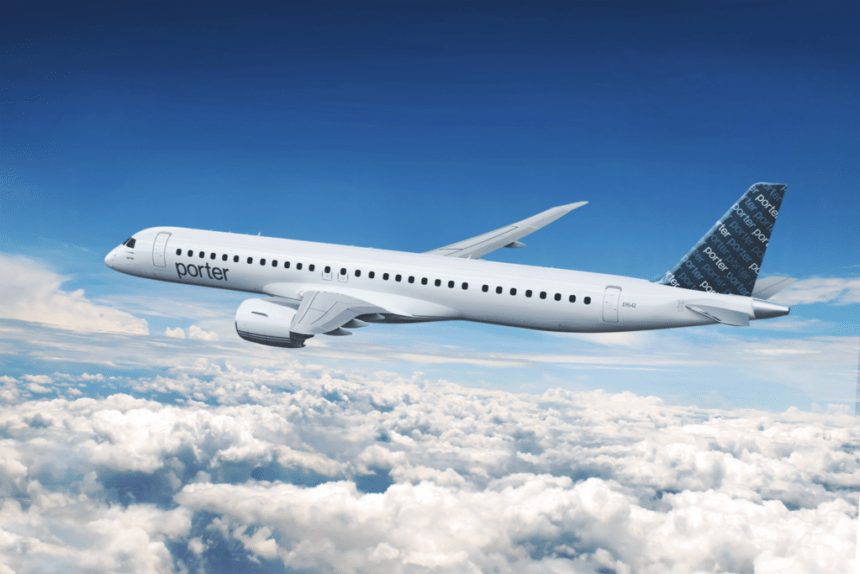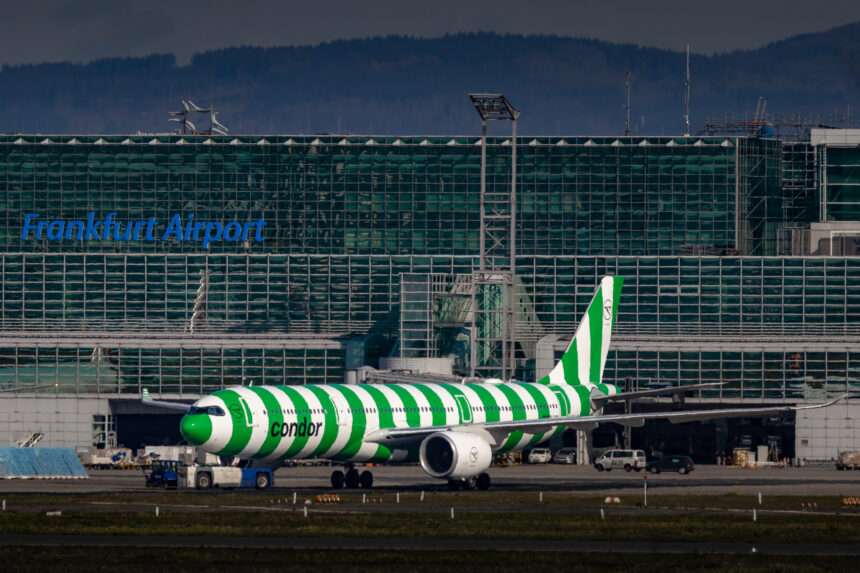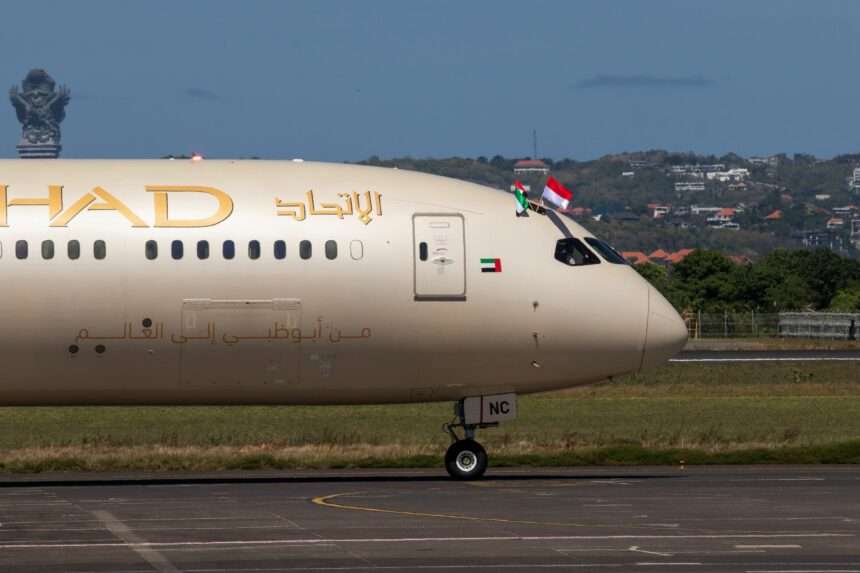Airbus recently put the A330neo aircraft through its paces in a demanding “Hot and High” flight test campaign conducted in Bolivia.
This intensive two-week mission aimed to validate the aircraft’s performance at high-altitude airports characterized by hot and humid conditions.
The successful campaign marks a significant step forward for the A330neo program, paving the way for airlines to expand their networks and reach new destinations previously inaccessible with this variant.
Airbus A330neo: Testing at Hot & High Extremes
The A330neo test aircraft F-WTTN, msn1795, embarked on its journey by landing at Toluca, Mexico, situated at a challenging elevation of 9,186ft (2,800m).
But the real test awaited in La Paz, Bolivia, where the aircraft touched down at a staggering 13,300ft (4,054m). This deliberate selection of locations was no coincidence.
Bolivia’s extreme climate and high altitude create a demanding environment that perfectly simulates the most challenging operational scenarios for an aircraft.
By successfully performing in these conditions, Airbus can ensure the A330neo is capable of handling various airport environments around the world.
This campaign holds particular significance as it marks the first time the A330neo variant has been tested at such high-altitude airports.
The successful results are a testament to Airbus’ commitment to continuous improvement and cater to the evolving needs of airlines.
Expanding Operational Capabilities
The core objective of this certification effort lies in significantly expanding the operational range of the A330neo.
Currently, the aircraft is certified to operate at airports up to 8,000ft in elevation. Following successful certification, anticipated in Q1 2025, the A330neo will be able to serve airports reaching up to 12,500ft.
This opens doors to a multitude of new destinations in regions like:
- China and Tibet (e.g., Lhasa)
- Central and South America (e.g., Bogota, Toluca, Quito, Mexico City)
- Africa (e.g., Addis Ababa)
These destinations were previously out of reach for the A330neo due to operational limitations at high-altitude airports.
With the extended envelope, airlines can now consider new route options, potentially creating new connections and catering to underserved markets.
This increased flexibility translates to significant growth opportunities for airlines operating the A330neo.

A Rigorous Testing Regimen
The flight test campaign in Bolivia wasn’t just about showcasing the A330neo’s ability to take off and land at high altitudes.
Airbus engineers laid out a comprehensive testing regimen designed to evaluate the aircraft’s performance across various aspects.
A critical focus area was takeoff and landing performance, particularly crucial at high altitudes where the reduced air density can affect engine thrust levels.
The A330neo underwent multiple takeoffs and landings at both Toluca and La Paz to assess its ability to operate safely and efficiently under these demanding conditions.
Beyond core takeoff and landing capabilities, the test program also included local flights to thoroughly assess climb and approach performance.
This ensured the A330neo could not only reach its cruising altitude efficiently but also navigate approach profiles typically encountered at high-altitude airports.
The tests extended further to encompass multiple engine starts, with a particular emphasis on measuring starter air pressure at high altitudes.
Special instrumentation was utilized to gather vital data on engine behavior in these conditions. Additionally, system behavior verification, low-speed taxi maneuvers, and simulated rejected takeoffs were all part of the rigorous testing process.
This comprehensive approach ensured a thorough evaluation of the A330neo’s capabilities, leaving no stone unturned in its quest to achieve certification for high-altitude operations.

Teamwork Making the Dream Work
The success of the A330neo’s high-altitude testing campaign can be attributed to the tireless efforts of a dedicated Airbus team. Around 40 experts played a vital role, shouldering various responsibilities throughout the mission.
From planning and logistical coordination to ensuring smooth aircraft maintenance and liaising with local authorities at airports and air traffic control (ATC), the team ensured every aspect of the campaign ran smoothly.
Their expertise in test support, execution, and data analysis was instrumental in gathering valuable insights into the aircraft’s performance.
The skilled test pilots naturally played a critical role in putting the A330neo through its paces and collecting vital flight data.
The collaborative spirit and tireless efforts of this dedicated team were paramount to the campaign’s successful outcome.

A Brighter Future for High-Altitude Operations
The initial results from the high-altitude testing campaign in Bolivia were encouraging. Overall, they paint a bright picture for the future of the A330neo.
Captain Franck Busnel, mission leader and test pilot, aptly summarized the campaign’s significance. “By successfully extending the operational envelope of the A330neo, we can demonstrate to existing and potential operators that this aircraft matches the A330ceo’s high-altitude capabilities while offering superior fuel efficiency.”
This translates to a win-win situation for airlines. The A330neo’s ability to operate at higher-altitude airports unlocks new destinations and route possibilities. It will expand network reach and ultimately foster potential revenue growth.
Additionally, the aircraft’s renowned fuel efficiency ensures airlines can achieve these route expansions without compromising on operational costs.
This combination of increased flexibility and improved fuel efficiency makes the A33neo an even more attractive proposition for airlines. This is particularly so for those with a focus on connecting geographically diverse regions.
Furthermore, the success of the high-altitude testing campaign paves the way for Airbus to potentially explore even further envelope extensions in the future.
This ongoing commitment to continuous improvement ensures the A330neo remains a strong contender in the mid-sized widebody market.

Click the banner to subscribe to our weekly newsleter.

Click the photo to join our WhatsApp channel so then you can stay up to date with everything going on in the aviation industry!







